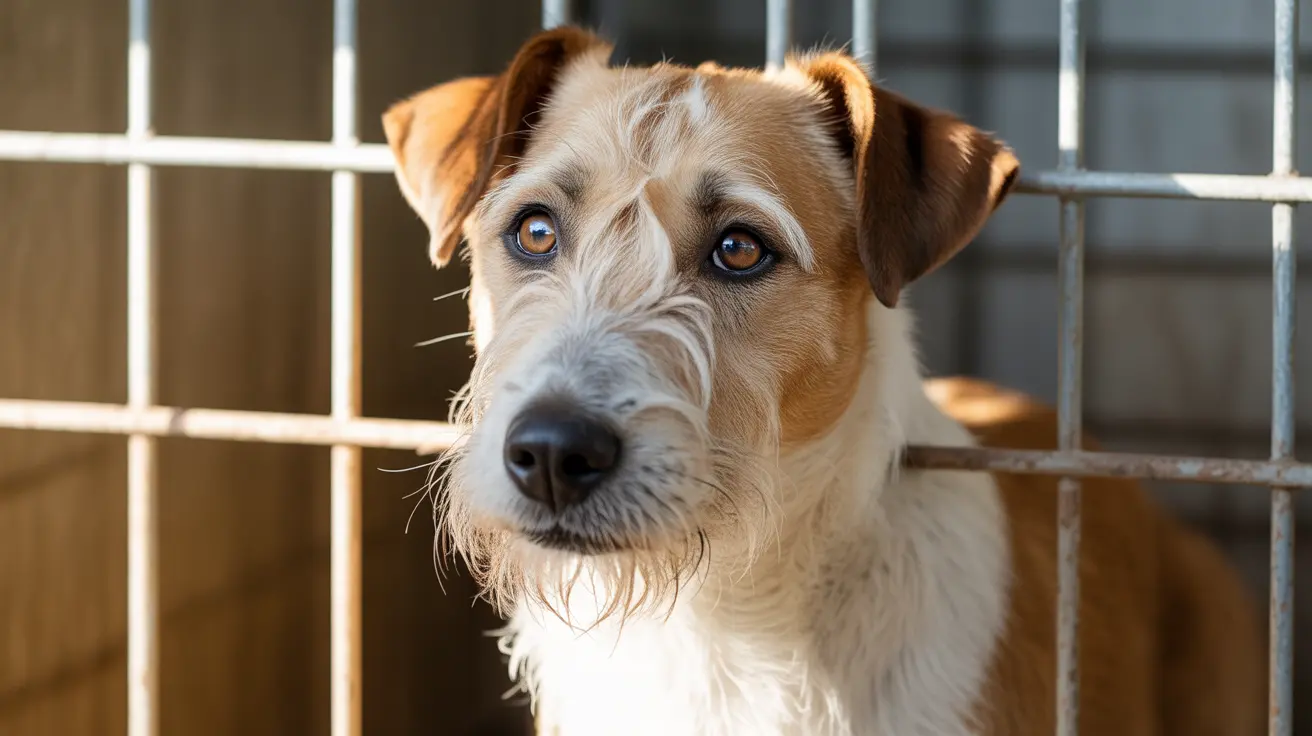The Best Vegetables for Dogs: Healthy Choices for Your Furry Friend
Feeding dogs a nutritious diet is crucial for their overall health and well-being. In addition to high-quality dog food, vegetables can be an excellent supplement to a dog’s diet. But not all veggies are created equal. Some are highly beneficial while others can be harmful. In this guide, we'll look at the best vegetables for dogs and provide feeding tips for pet owners.
Why Add Vegetables to a Dog’s Diet?
Vegetables contribute important vitamins, minerals, fiber, and antioxidants to a dog’s diet. Dogs are omnivores by nature, and while protein is vital, plant-based elements can support digestion, immune function, and weight management.
Top 10 Vegetables Dogs Can Safely Enjoy
- Carrots: One of the best vegetables for dogs. Low in calories, high in fiber, and packed with beta-carotene which converts to vitamin A. Great for dental health when served raw.
- Green beans: Full of vitamins and low in calories, making them a perfect snack for overweight dogs. Be sure to serve them plain, avoiding seasoning.
- Broccoli: Rich in fiber and vitamin C. Feed it sparingly as too much can cause gastrointestinal upset.
- Sweet potatoes: A healthy source of dietary fiber, beta-carotene, and vitamin B6. Always serve cooked and without seasoning.
- Spinach: Contains iron, antioxidants, and vitamins A, C, and K. Feed in moderation to avoid oxalates that may interfere with calcium absorption.
- Pumpkin: Great for digestion and relieving constipation or diarrhea. Always use plain, cooked pumpkin—not pie filling.
- Peas: High in protein, fiber, and several vitamins. Green peas, snow peas, and sugar snap peas are all safe in small amounts.
- Cucumbers: Low-calorie and hydrating. They offer vitamins K, C, and B1, making them great summer treats.
- Celery: Supports heart health and freshens breath. High in vitamin C and fiber.
- Zucchini: Light and non-toxic, rich in fiber and vitamins with low fat content.
How to Prepare Vegetables for Dogs
To maximize their benefits and safety:
- Wash thoroughly to remove pesticides.
- Steam or bake to increase digestibility without losing nutrients.
- Chop finely or puree to prevent choking and aid absorption.
- Introduce slowly to observe any allergic reactions.
Vegetables to Avoid
Some vegetables are toxic to dogs and should never be fed:
- Onions
- Garlic
- Leeks
- Chives
- Unripe tomatoes
- Raw potatoes
These can cause toxicity, anemia, or digestive distress, even in small amounts.
Portion Control and Frequency
Vegetables should not exceed 10% of a dog’s daily caloric intake. Overfeeding can lead to nutrient imbalances. Most dogs will do well with a few veggie treats per day or a tablespoon of mixed vegetables added to meals.
Conclusion: Choose Carrots as a Starting Point
Among all the options, carrots stand out for their universal safety, palatability, and health benefits. They can be served raw for a crunchy chew or cooked for better digestion. Whether your dog needs help with weight control, dental health, or simply craves a crunchy snack, carrots are an excellent choice.
Always consult your veterinarian before making dietary changes, especially if your dog has existing health conditions. With thoughtful preparation and moderation, vegetables can be a tasty and beneficial addition to your dog’s diet.





